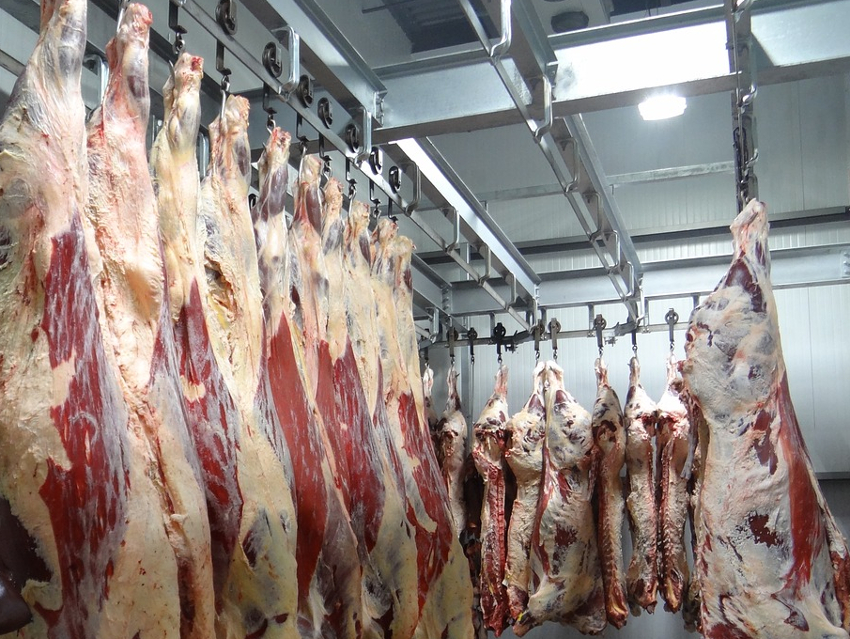The COVID-19 pandemic is caused by the coronavirus SARS-CoV-2. There have been outbreaks of COVID-19 in meat processing plants in many regions of the world. This could be a result of the close proximity of the workers, the physically demanding work, and the low temperatures in the plants, but also of shared housing and transportation of the workers. There is a lack of evidence for the exact cause of the high rates of SARS-CoV-2 transmission in some meat processing plants.
Nicole Fischer, University Medical Center Hamburg‐Eppendorf, Hamburg, Germany, Adam Grundhoff, Leibniz Institute for Experimental Virology, Hamburg, Germany, Melanie M. Brinkmann, Helmholtz Centre for Infection Research, Braunschweig, and Technische Universität Braunschweig, Germany, and colleagues have investigated an outbreak of COVID-19 at a German meat processing plant that occurred during May and June 2020 and led to over 1,400 positive cases. The team studied the timing of infection events, the spatial relationship between the workers, and climate and ventilation conditions, as well as whether there was shared housing and/or transportation. They also determined virus genotypes to reconstruct what exactly happened in this infection cluster.
Since the workers mostly stand at fixed positions at a conveyor-belt processing line, the distance between them during a shift can be easily reconstructed. The researchers found that it is likely that a single employee transmitted the virus to more than 60 % of co-workers within a—relatively long—distance of 8 m. Genome sequencing suggests that the large outbreak in and around the plant was seeded by cases related to the initial infection cluster. The results indicate that conditions such as low air exchange rates, together with small distances between the workers, could have promoted the efficient spread of SARS-CoV-2 in the plant. Shared accommodation and transport might have played a smaller role, at least during the initial phase of the outbreak. While some secondary infections may have occurred within shared apartments, bedrooms, or cars, the data indicates that most of the transmissions occurred within the meat processing facility.
Overall, the work suggests that employees in meat or fish processing facilities should be frequently and systematically tested to prevent COVID-19 outbreaks. Also, when a worker tests positive, it may be necessary to quarantine colleagues that worked in a radius of much more than 2 m around the infected individual (commonly thought to be the maximum travel distance of infectious droplets).
- SARS‐CoV‐2 outbreak investigation in a German meat processing plant,
Thomas Günther, Manja Czech‐Sioli, Daniela Indenbirken, Alexis Robitaille, Peter Tenhaken, Martin Exner, Matthias Ottinger, Nicole Fischer, Adam Grundhoff, Melanie M Brinkmann,
EMBO Mol. Med. 2020.
https://doi.org/10.15252/emmm.202013296
Also of Interest
- Collection: SARS-CoV-2 Virus
What we know about the new coronavirus and COVID-19




